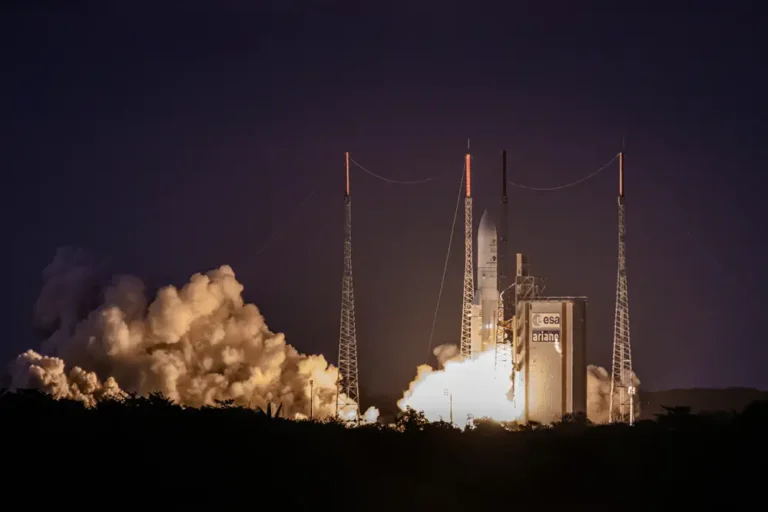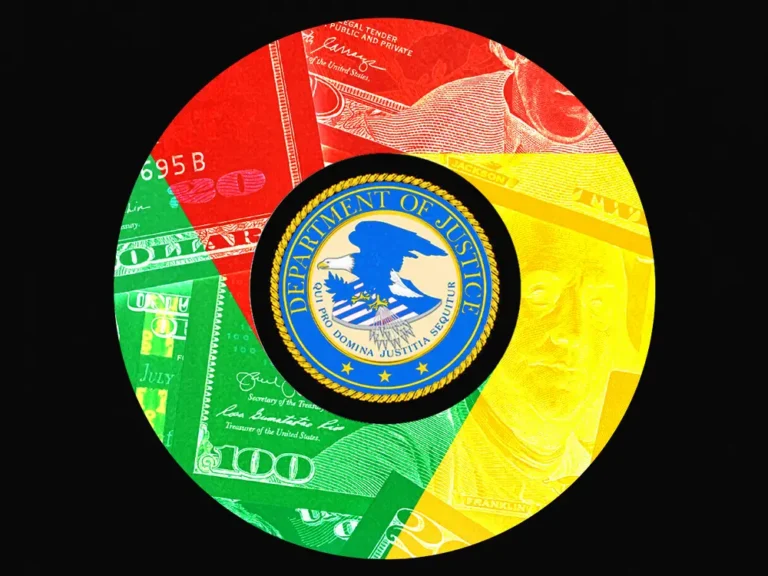Bill Gates reveals what he uses AI for most

Could this meeting be an email? How about an AI summary.
Meetings, like mushrooms, have a way of popping up and proliferating.
That’s especially the case for someone like Bill Gates, the billionaire philanthropist, cofounder, and former CEO of Microsoft.
As part of his ongoing work in public health and artificial intelligence, Gates spends a lot of time in meetings.
And when Gates is in the room or on the call, you can bet it’s going to get extremely detailed, according to Chris Williams, the former VP of HR at Microsoft, who worked closely with Gates for eight years.
Gates “was always curious, always wanted to understand, always drilling for more detail,” Williams wrote last year for B-17.
For Gates, each meeting contains a lot of material to digest after the fact — a task he says AI is well suited to assist with.
“I’d say the feature I use the most is the meeting summary, which is integrated into [Microsoft] Teams, which I use a lot,” he said in an interview with The Verge. “The ability to interact and not just get the summary, but ask questions about the meeting, is pretty fantastic.”
The tool Gates is referring to is Microsoft’s Copilot, powered by the company’s partnership with OpenAI and available as an add-on feature for several Microsoft 365 office apps.
Copilot allows users to “find and use info that’s buried in documents or lost in conversations, and get things done in whole new ways using the power of AI,” the company says.
Of course, Microsoft’s offering is one of several AI tools that are popping up to help office workers spend less time dealing with meetings.
And Gates is not alone in using machine learning to lighten his workload: a survey by Hubspot last year found workers are using AI tools to save up to two hours per day on tasks like scheduling meetings, note-taking, and data entry.
In some cases, Copilot users have said the tool enables them to skip meetings altogether in favor of catching up on the AI recap.
As one of AI’s most vocal supporters, Gates is clear-eyed about the technology’s limitations.
“If it’s a problem that humans are not good at dealing with, then present techniques don’t create some novel approach,” he said in another interview earlier this year.
In short, current AI models are just a lot faster at performing well-defined tasks that humans currently do, albeit more slowly, like transcribing and summarizing meeting notes.
And while smarter meetings might not be the most exciting use-case imaginable for AI, the potential savings are significant.
A survey from Reclaim.ai found employees spend more than a third of their work hours in meetings, which based on the average pay in the US, represents roughly about $29,000 per worker each year.
That’s money (and time) that, in some cases, could probably be much better spent.






